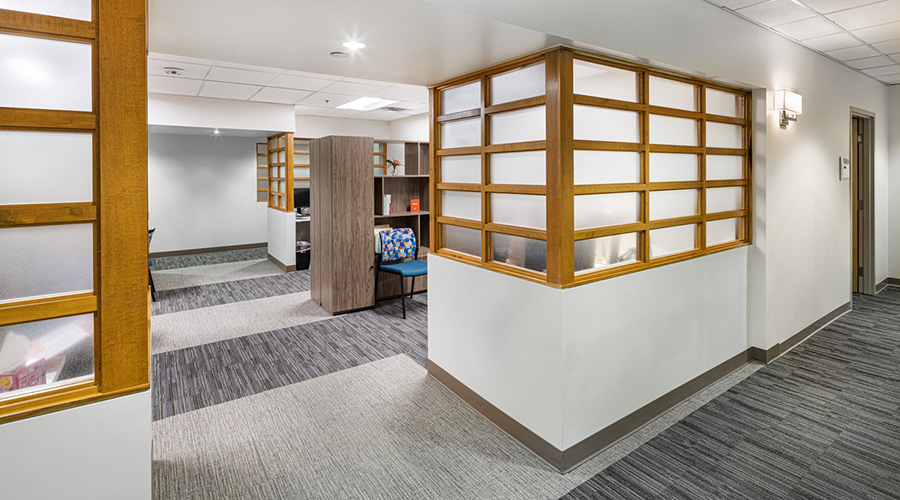Every emergency department receives involuntarily committed patients who are to be closely monitored as they could harm themselves, hospital staff, visitors and others. Many hospitals will use their security team to monitor these patients, and there are some best practices that should be in place to ensure the safety of everyone involved.
Required Training: Security officers with these responsibilities should have CPR, de-escalation and First Aid training in addition to specific restraint/seclusion training. This requirement can be found through CMS’ Conditions of Participation, Title 42: Public Health. As response to these patients should be a team effort, security and clinical staff should have the same level of training regarding de-escalation. It is best if they train together and it is important that they take the time to debrief after any incident.
The Right Mindset: Not all security officers can handle these patients. It takes a special officer to provide an empathetic and calming environment. These responsibilities should be communicated to the security provider so that they can hire compatible personnel.
Physical Appearance: From hairstyle to uniform, the physical appearance of a security officer can make a difference. Check with the patient’s nurse prior to assigning a security officer to identify any preconceived biases the patient may have that would escalate tension. Additionally, a security officer’s uniform can potentially be a challenge during a patient watch if it projects a police or military presence. Many parts of the military or police style uniforms can be used as a weapon including a badge, keys or radio so it is a best practice to remove these items or utilize a uniform that does not require them.
Clear and Concise Policy: There needs to be a clear and concise policy as to the responsibilities of your security officers when monitoring involuntarily committed patients. This includes procedures for responding to patients who attempt to leave the facility. Ensure your security team is fully aware of, and follows, your policy.
Bukowski is vice president of healthcare, AlliedBarton Security Services .

 Code Compliance Isn't Enough for Healthcare Resilience
Code Compliance Isn't Enough for Healthcare Resilience Ribbon Cutting Marks First Phase Completion for New Montefiore Einstein Facility
Ribbon Cutting Marks First Phase Completion for New Montefiore Einstein Facility Brooks Rehabilitation Launches 3 New Major Construction Projects
Brooks Rehabilitation Launches 3 New Major Construction Projects Joint Commission Standards: What Updates Matter Most?
Joint Commission Standards: What Updates Matter Most? Swinerton Completes Construction at Atlanta's Grady Hospital
Swinerton Completes Construction at Atlanta's Grady Hospital